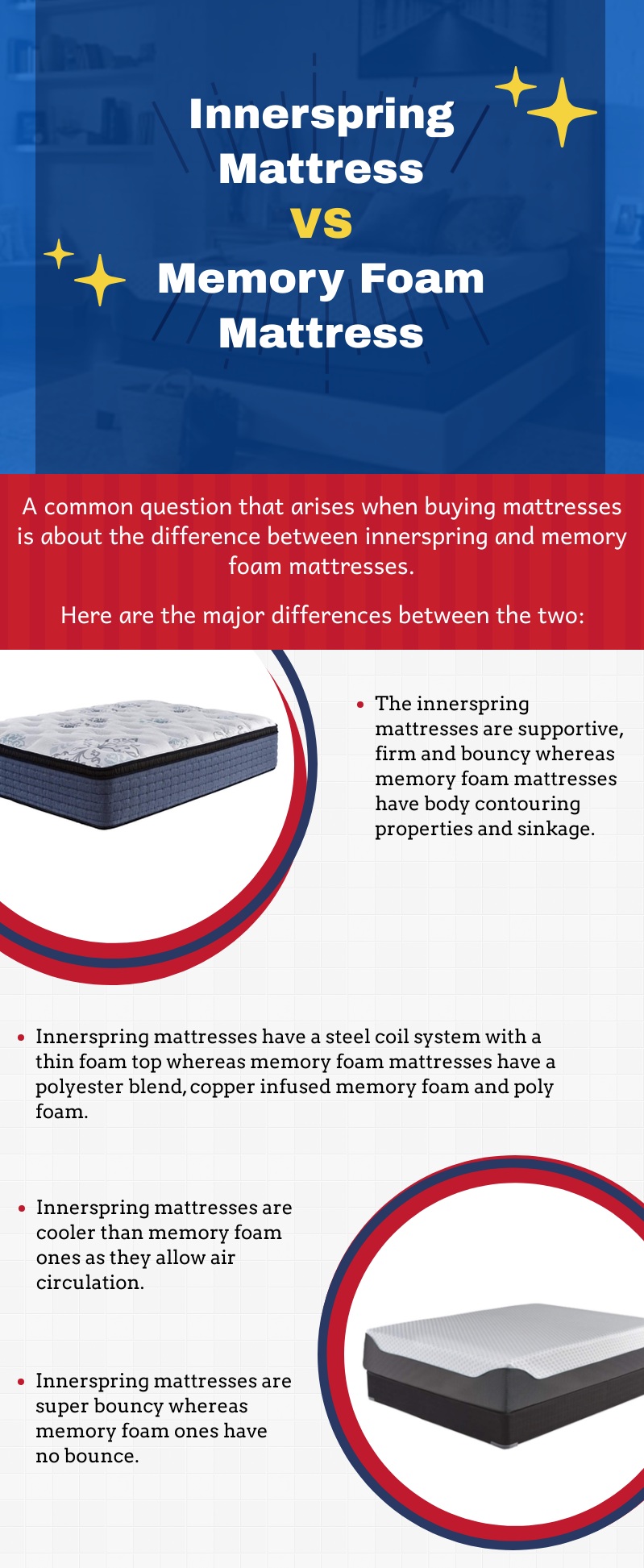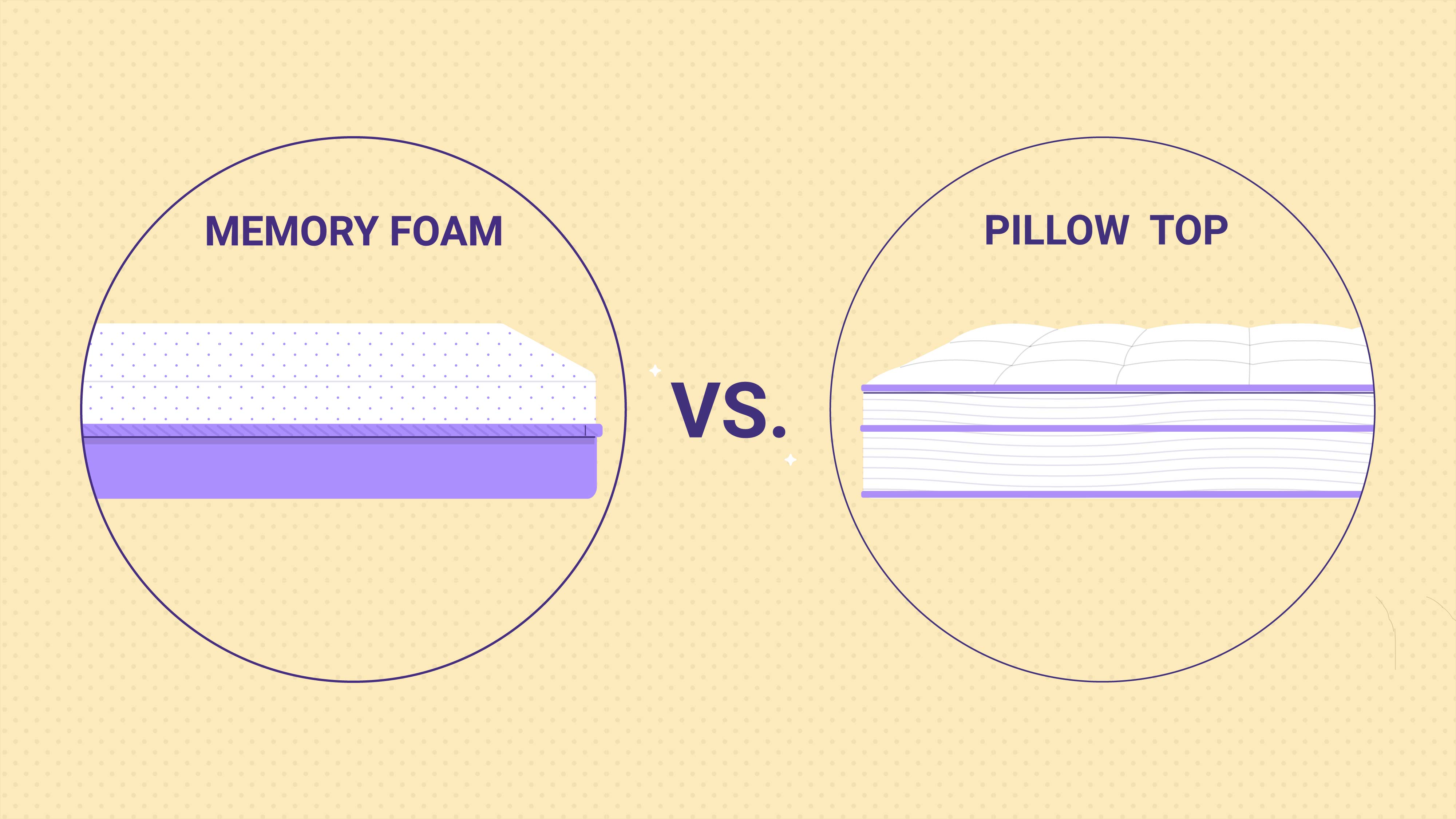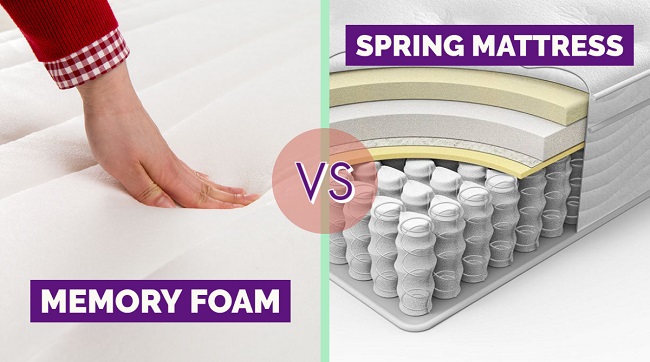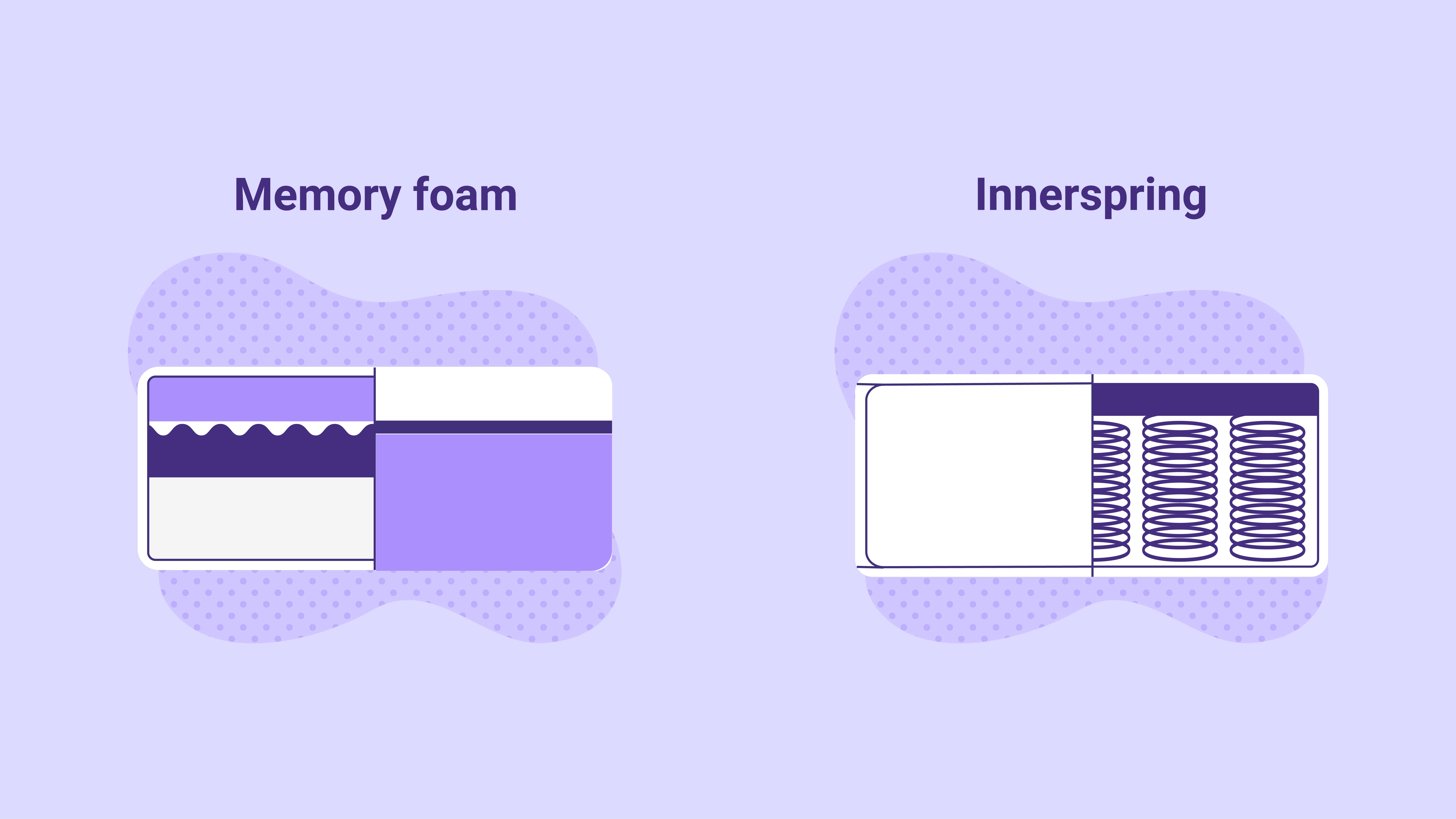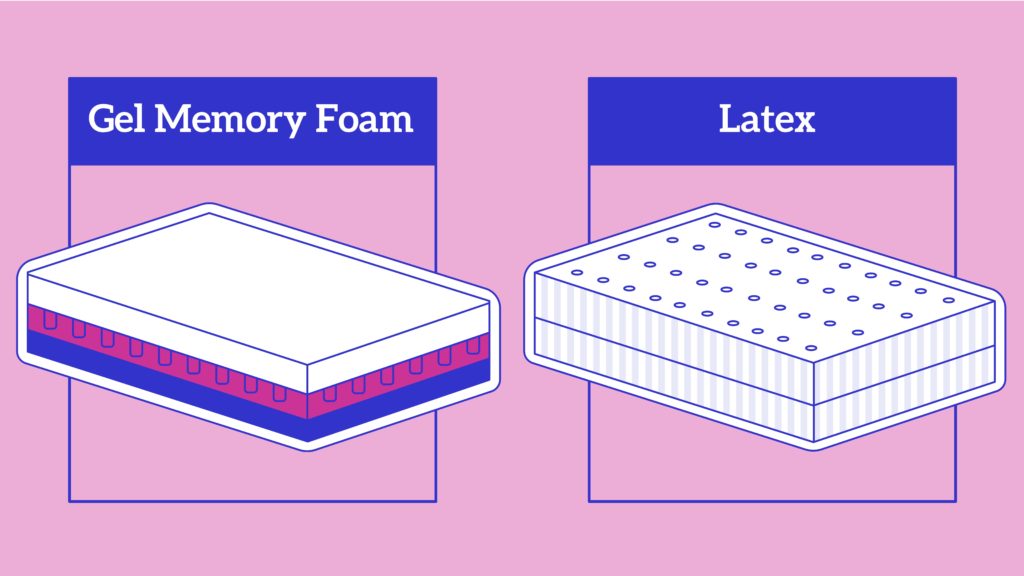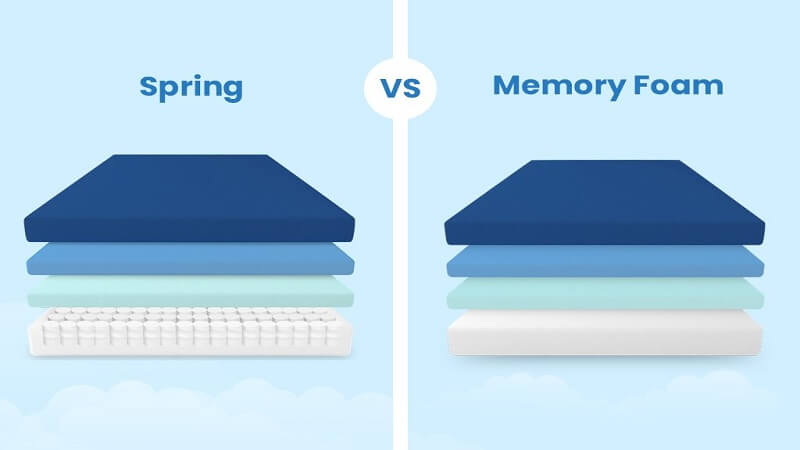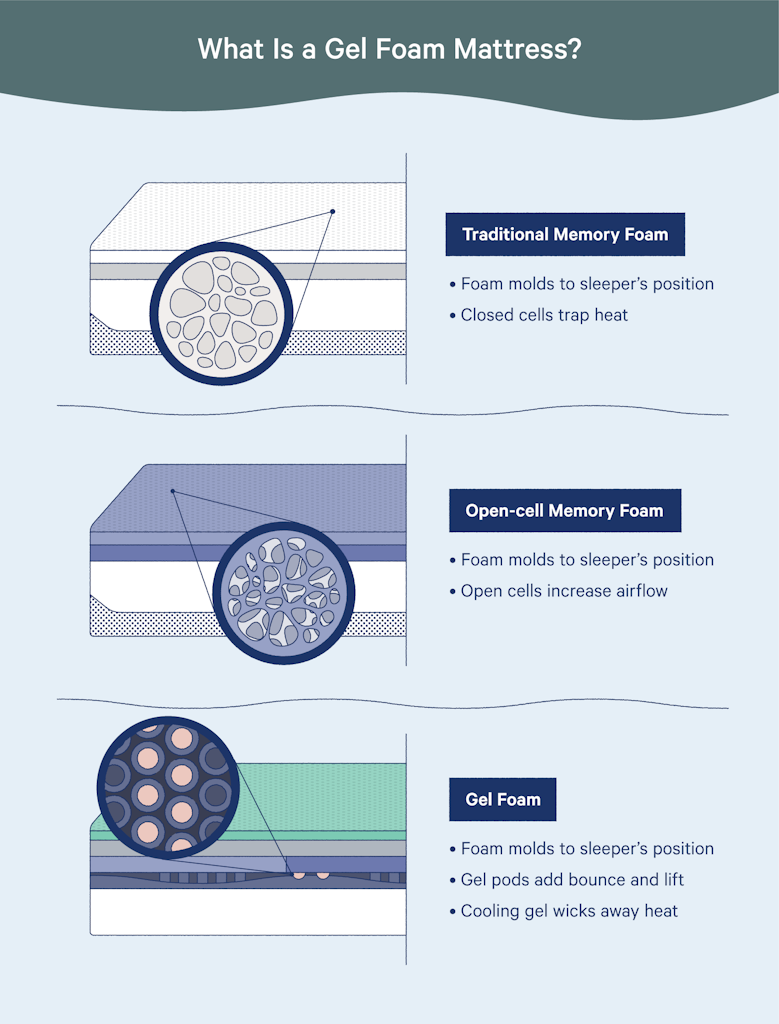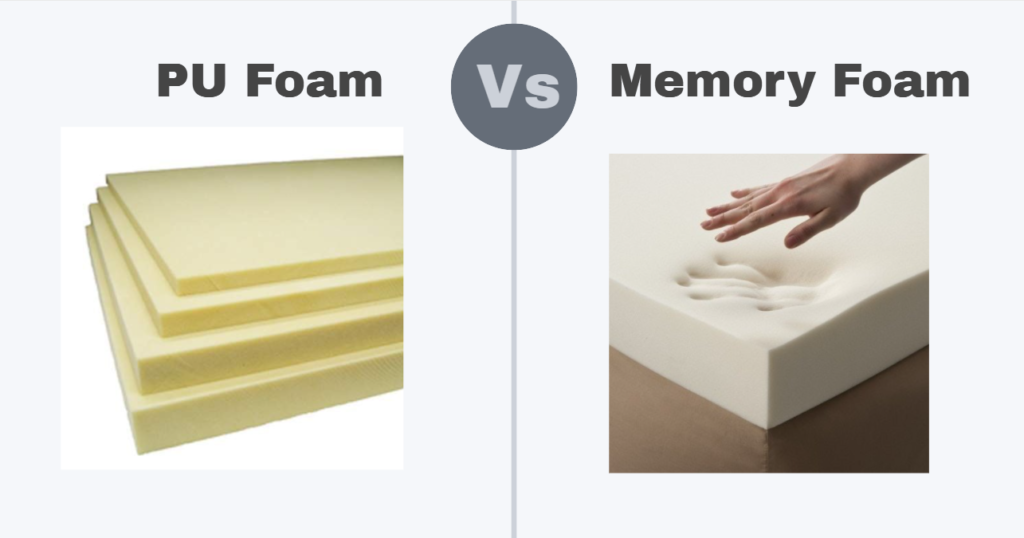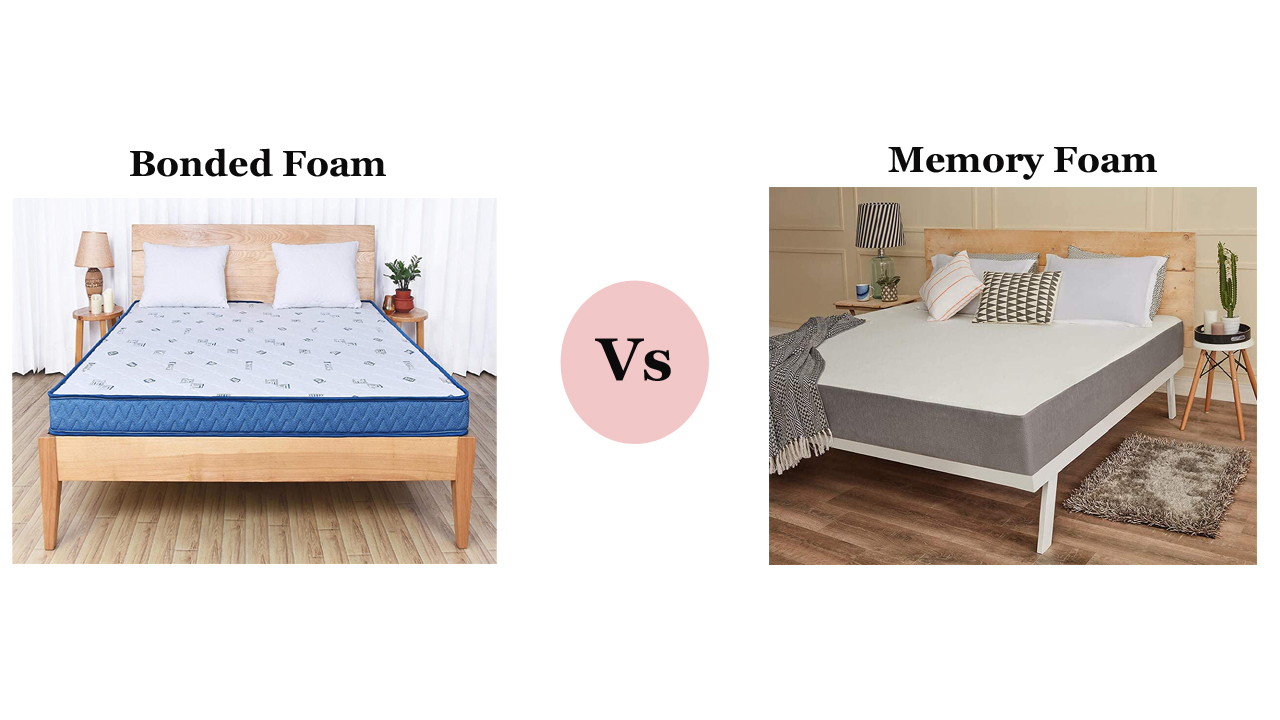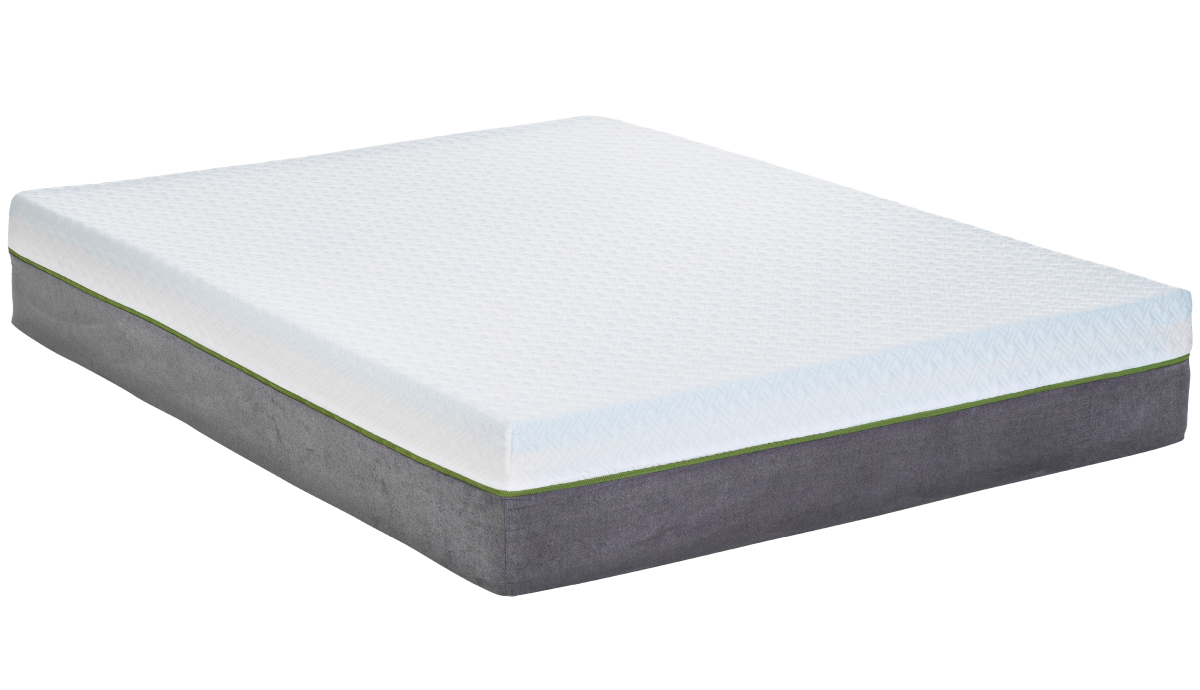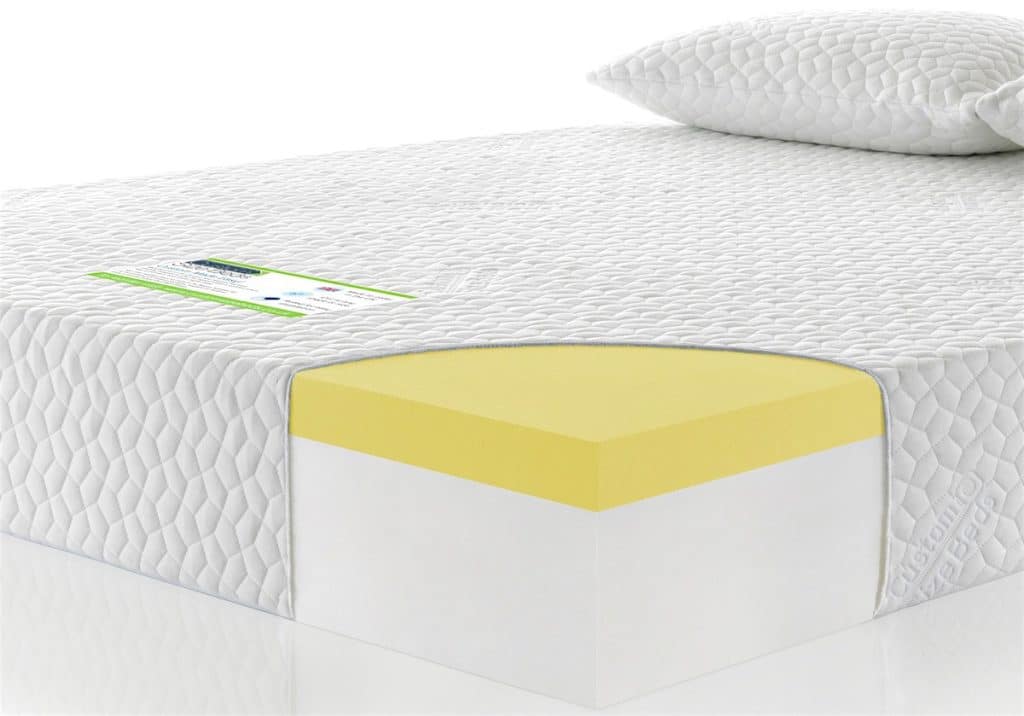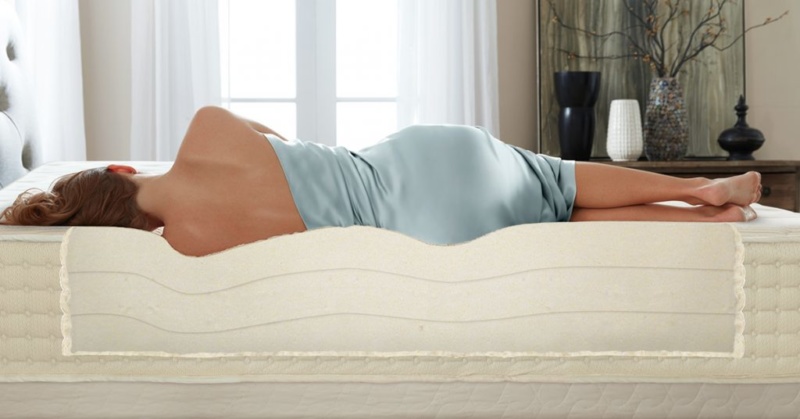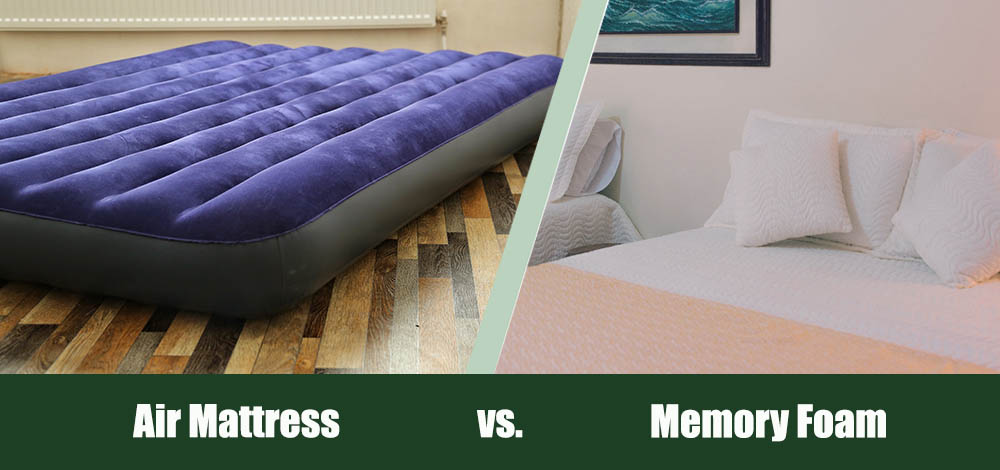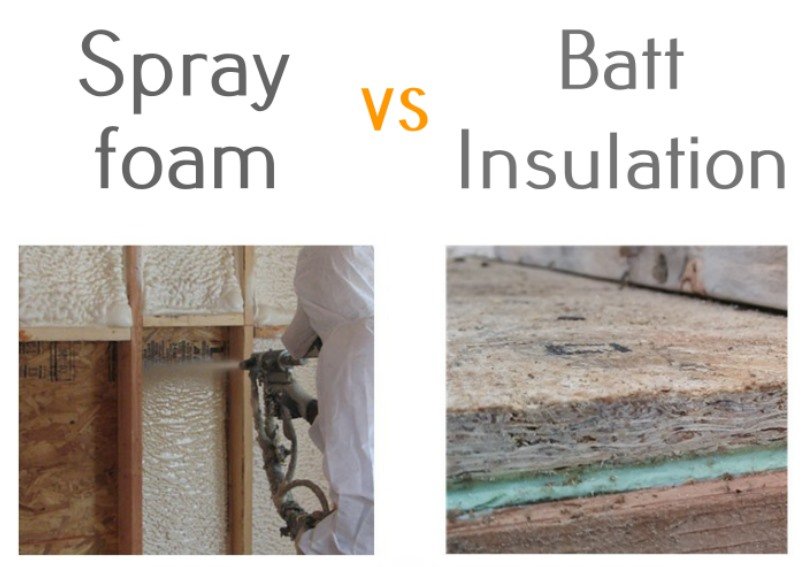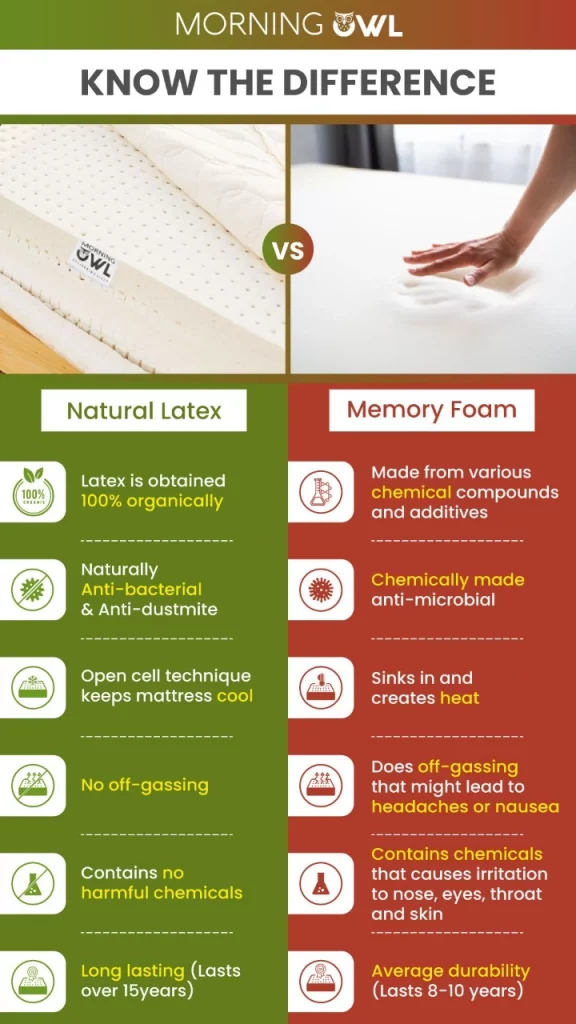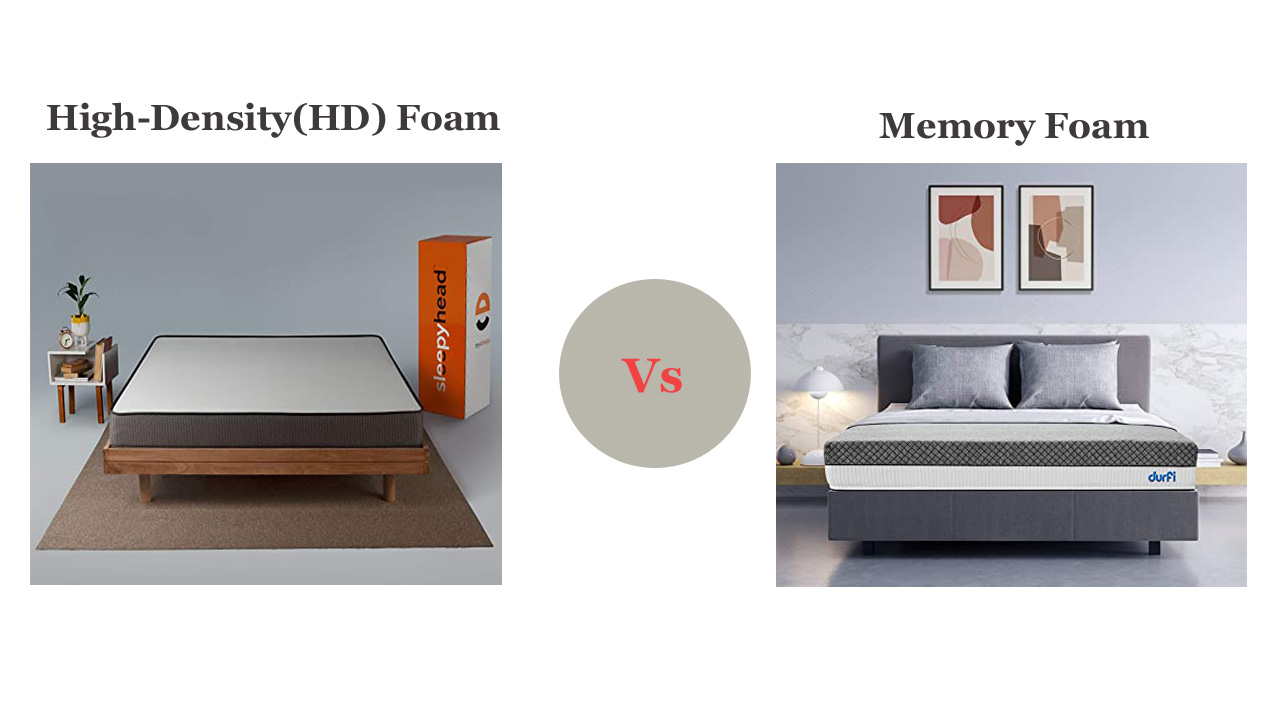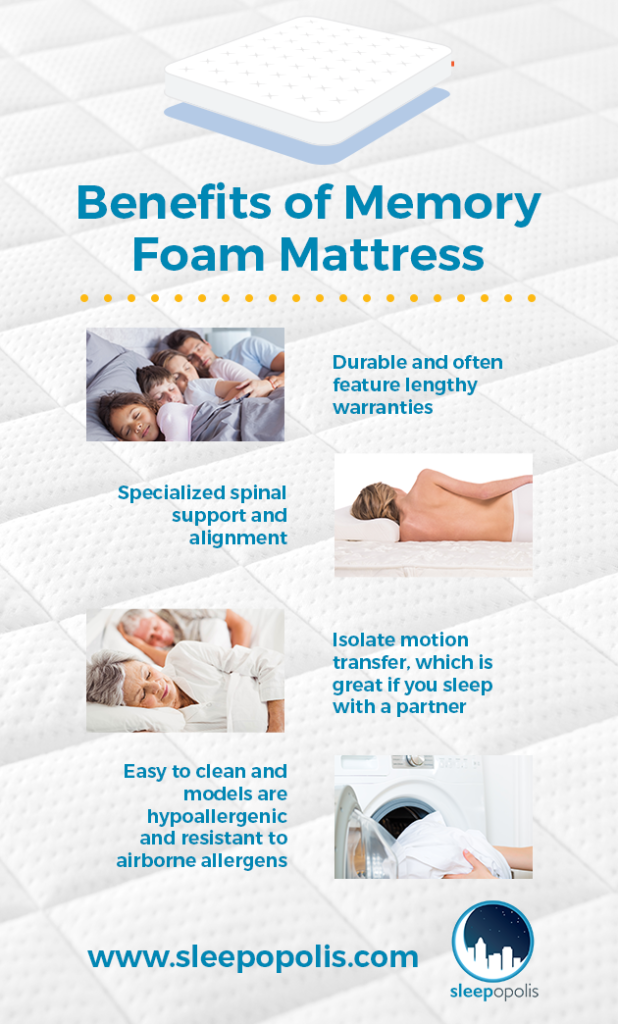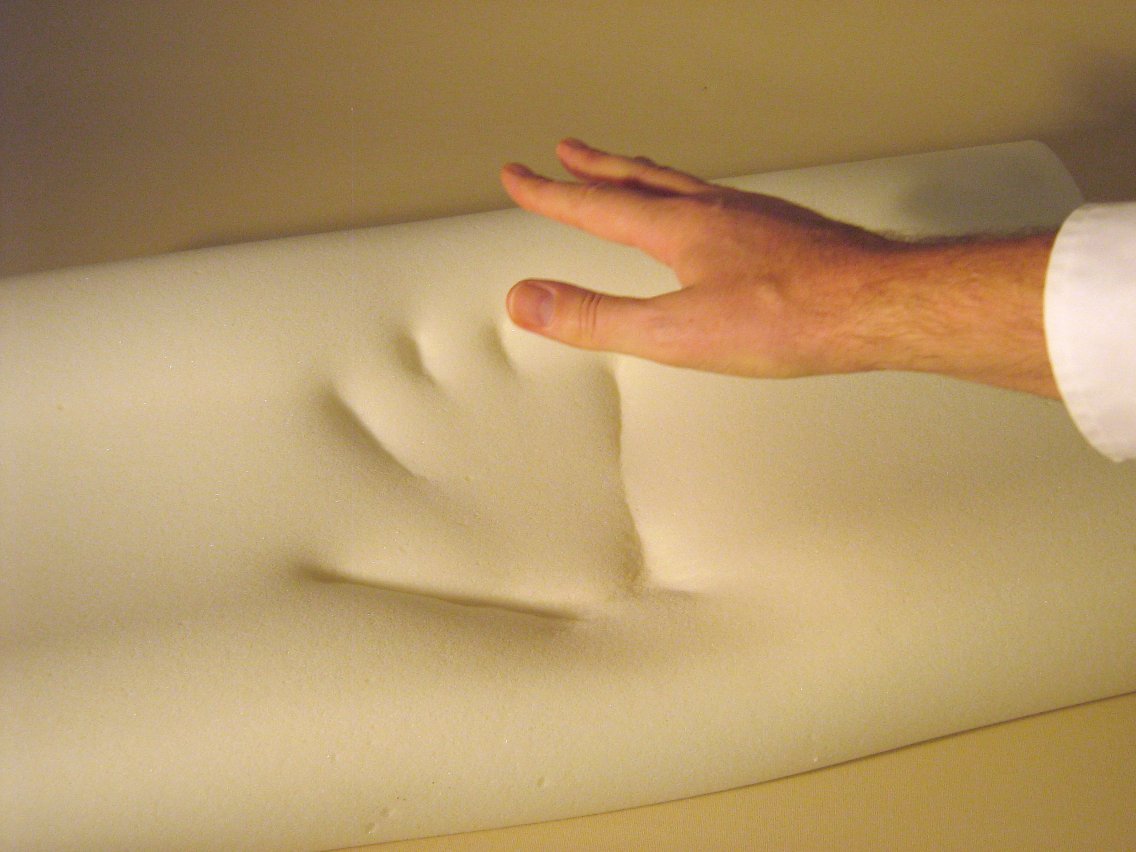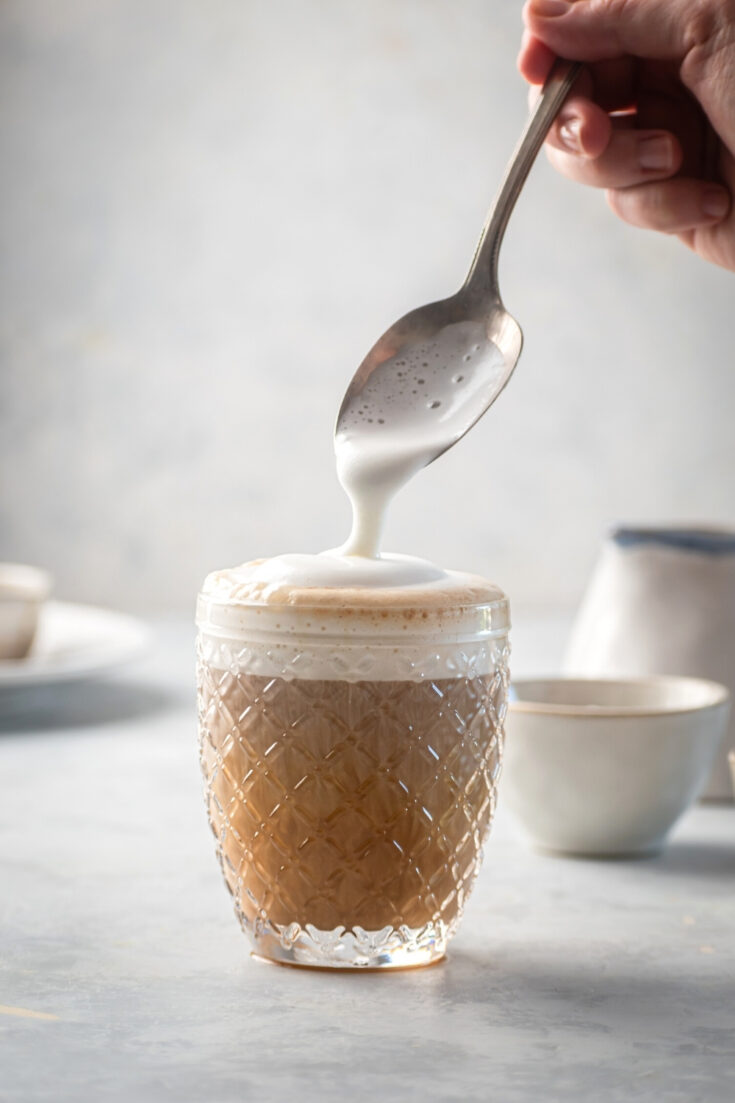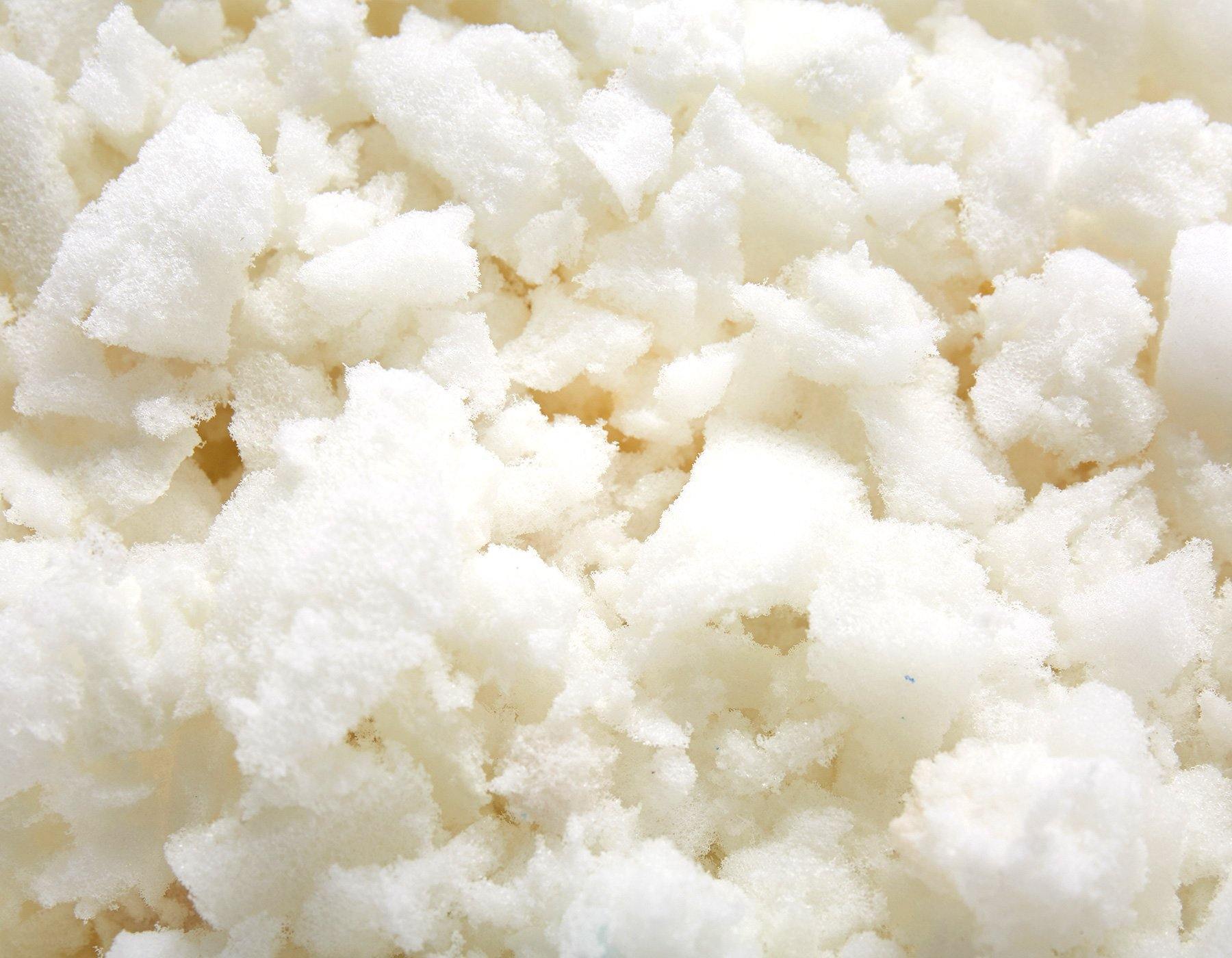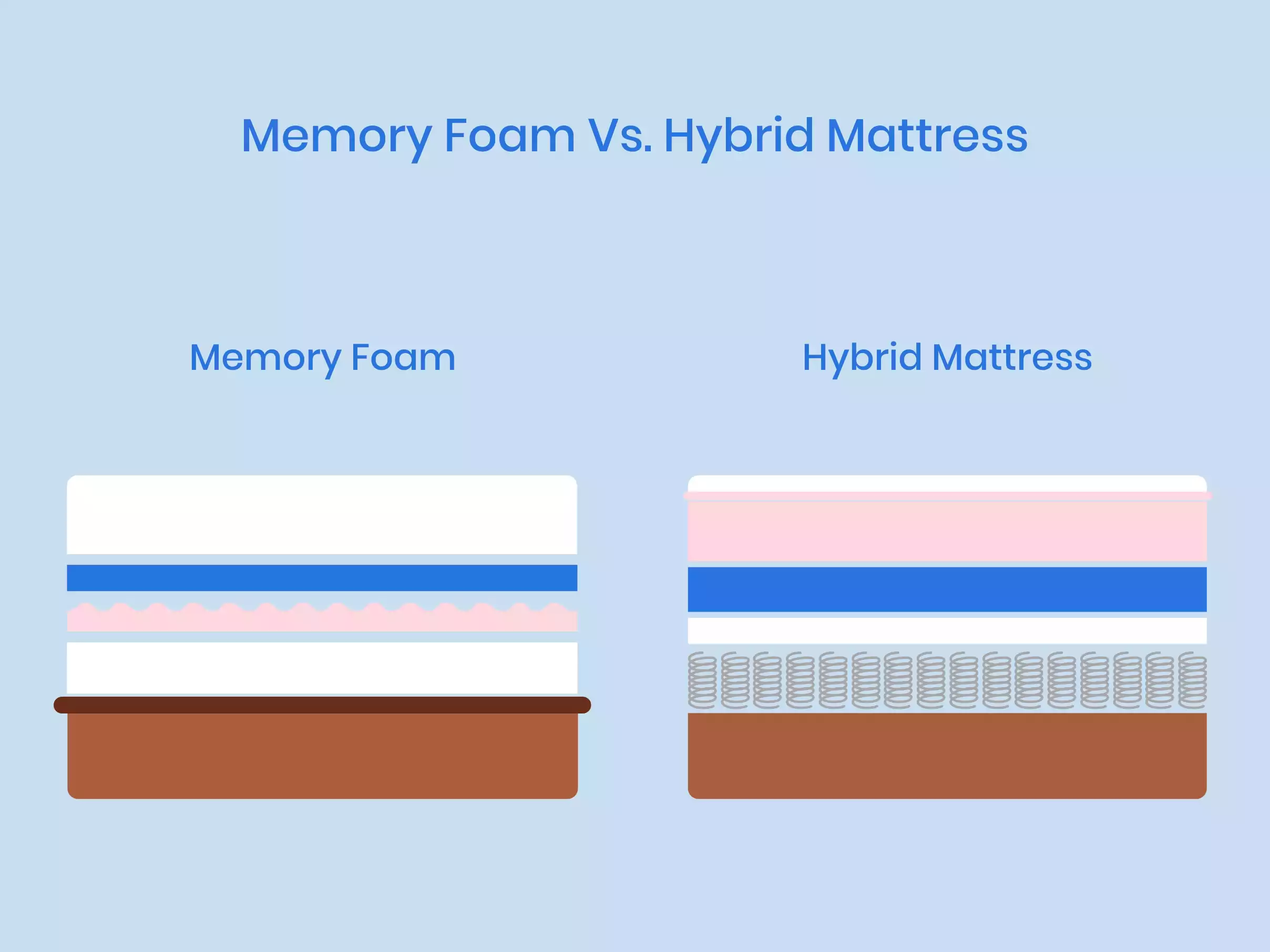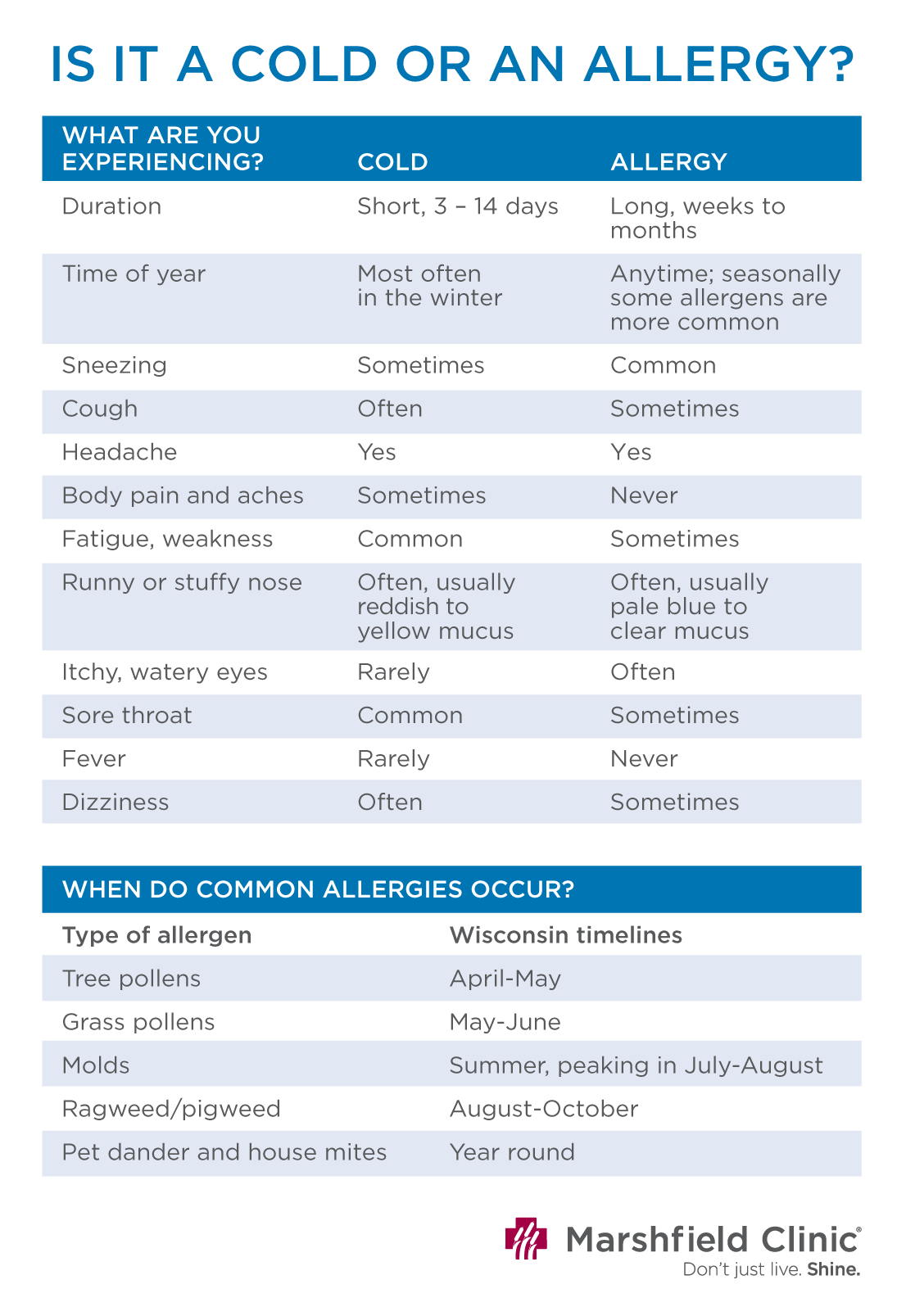Cold Foam Mattress vs Memory Foam: What's the Difference?
When it comes to choosing a mattress, there are many factors to consider. One of the most important decisions is whether to go for a cold foam or memory foam mattress. Both types offer their own unique advantages and it can be difficult to determine which one is better for you. In this article, we will break down the main differences between cold foam and memory foam mattresses to help you make an informed decision.
Cold Foam vs Memory Foam: Which is Better for You?
Before we dive into the details, it's important to understand which type of sleeper each mattress is best suited for. Cold foam mattresses are typically firmer and offer more support, making them a great choice for back and stomach sleepers. On the other hand, memory foam mattresses are known for their contouring and pressure-relieving properties, making them ideal for side sleepers. However, both types of mattresses can work for any sleeping position depending on individual preferences.
Cold Foam vs Memory Foam: Pros and Cons
One of the main differences between cold foam and memory foam mattresses is their composition. Cold foam is made from polyurethane foam, while memory foam is made from viscoelastic foam. This affects their overall performance and comfort. Cold foam mattresses tend to be more breathable, making them cooler to sleep on. However, they may not offer as much pressure relief as memory foam mattresses. Memory foam mattresses, on the other hand, are known for their ability to conform and cradle the body, providing exceptional comfort and support. However, they may retain more heat, which can be a disadvantage for hot sleepers.
Cold Foam vs Memory Foam: Which Offers Better Support?
When it comes to support, both cold foam and memory foam mattresses can provide excellent spinal alignment and pressure relief. However, cold foam mattresses tend to be firmer and offer more support for heavier individuals. Memory foam mattresses, on the other hand, may sink in more and provide a "hugging" sensation, which can be beneficial for lighter individuals or those with pressure points. Ultimately, the level of support depends on personal preference and body type.
Cold Foam vs Memory Foam: Which is More Durable?
When it comes to durability, both cold foam and memory foam mattresses can last for many years with proper care. However, memory foam mattresses tend to have a longer lifespan due to their higher density and ability to bounce back to their original shape. Cold foam mattresses, on the other hand, may lose their firmness over time and require replacement sooner.
Cold Foam vs Memory Foam: Which is More Affordable?
In terms of cost, cold foam mattresses tend to be more affordable than memory foam mattresses. This is because they are made from less expensive materials and are easier to manufacture. Memory foam mattresses, on the other hand, may come with a higher price tag due to their higher density and more complex production process. However, the cost may vary depending on the brand and features of each mattress.
Cold Foam vs Memory Foam: Which is Better for Hot Sleepers?
As mentioned earlier, cold foam mattresses are known for their breathability, making them a great choice for hot sleepers. The open-cell structure of cold foam allows for better air circulation, helping to keep the body cool throughout the night. Memory foam mattresses, on the other hand, may retain more heat and cause discomfort for hot sleepers. However, some memory foam mattresses come with cooling technologies such as gel-infused foam or open-cell foam, which can help regulate temperature.
Cold Foam vs Memory Foam: Which is Better for Side Sleepers?
Side sleepers often require a mattress that can provide pressure relief for their shoulders and hips, as these areas tend to bear the most weight. For this reason, memory foam mattresses may be a better choice for side sleepers. The conforming properties of memory foam help to alleviate pressure points and provide a comfortable sleeping surface. However, some cold foam mattresses may also offer enough cushioning and support for side sleepers, depending on their firmness level and body weight.
Cold Foam vs Memory Foam: Which is Better for Back Pain?
Both cold foam and memory foam mattresses can offer relief for back pain, but for different reasons. Cold foam mattresses are known for their support, which can help to keep the spine properly aligned and reduce back pain. Memory foam mattresses, on the other hand, are known for their pressure-relieving properties, which can help alleviate pain in pressure points. Ultimately, the best mattress for back pain depends on individual preferences and the source of the pain.
Cold Foam vs Memory Foam: Which is Better for Allergies?
When it comes to allergies, both cold foam and memory foam mattresses can be a good choice. They are both hypoallergenic and resistant to dust mites, mold, and other allergens. However, memory foam mattresses may have an edge over cold foam mattresses due to their denser composition, which makes it harder for allergens to penetrate. It's also important to regularly clean and maintain your mattress to prevent allergens from building up.
The Debate Between Cold Foam Mattresses and Memory Foam Mattresses
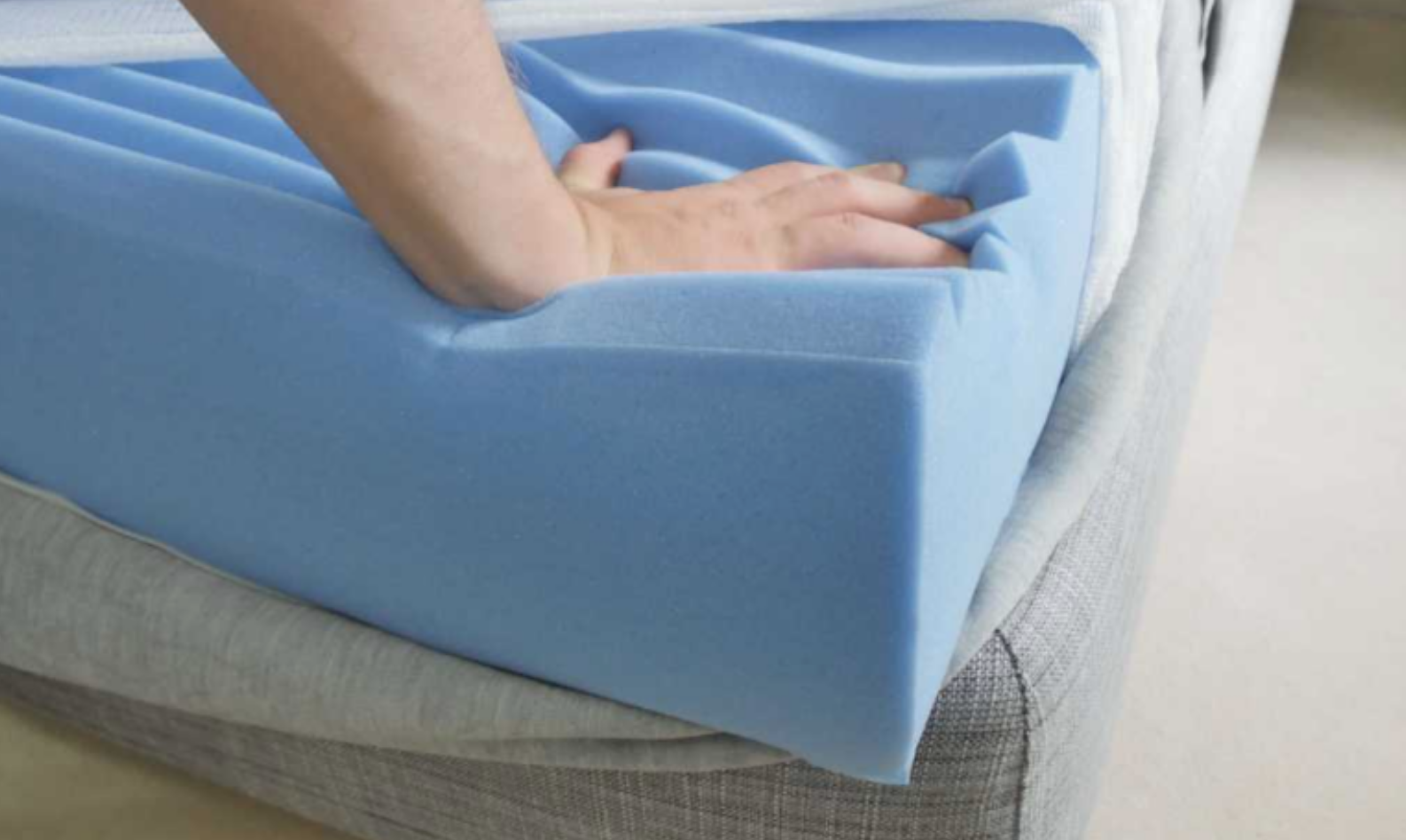
The Rise of Foam Mattresses in the Sleep Industry
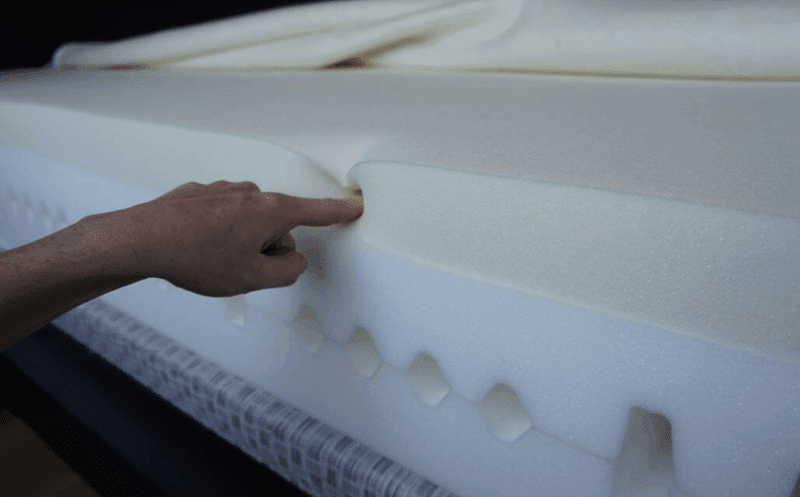 Over the years, the sleep industry has seen a major shift towards foam mattresses. These types of mattresses have gained popularity due to their ability to provide superior comfort and support. However, within the foam mattress category, there are two types that have sparked a debate among sleepers - cold foam mattresses and memory foam mattresses. Both offer unique features and benefits, making it difficult for consumers to choose between the two. In this article, we will compare and contrast cold foam mattresses and memory foam mattresses to help you make an informed decision on which one is best for your specific needs.
Over the years, the sleep industry has seen a major shift towards foam mattresses. These types of mattresses have gained popularity due to their ability to provide superior comfort and support. However, within the foam mattress category, there are two types that have sparked a debate among sleepers - cold foam mattresses and memory foam mattresses. Both offer unique features and benefits, making it difficult for consumers to choose between the two. In this article, we will compare and contrast cold foam mattresses and memory foam mattresses to help you make an informed decision on which one is best for your specific needs.
The Basics of Cold Foam Mattresses
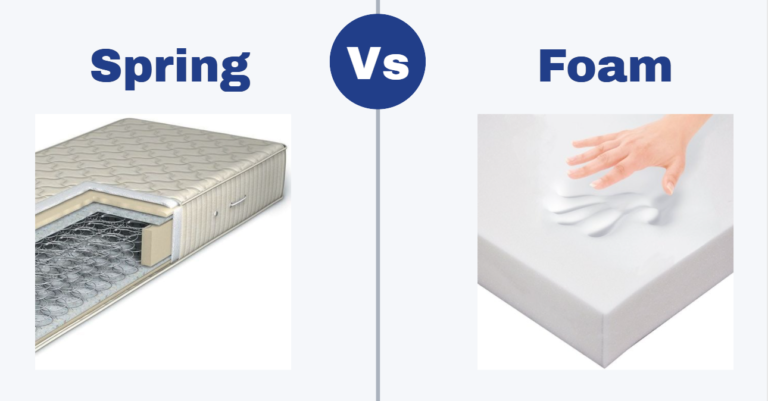 Cold foam mattresses, also known as latex foam mattresses, are made of natural or synthetic latex foam. This type of foam has an open-cell structure, allowing for better airflow and temperature regulation. The foam is also known for its durability and ability to provide pressure relief. Cold foam mattresses are often firmer than memory foam mattresses, making them a preferred choice for those who need extra support for their back and spine.
Cold foam mattresses, also known as latex foam mattresses, are made of natural or synthetic latex foam. This type of foam has an open-cell structure, allowing for better airflow and temperature regulation. The foam is also known for its durability and ability to provide pressure relief. Cold foam mattresses are often firmer than memory foam mattresses, making them a preferred choice for those who need extra support for their back and spine.
The Fundamentals of Memory Foam Mattresses
 Memory foam mattresses, on the other hand, are made of polyurethane foam that has been treated with chemicals to increase its density and viscosity. This foam is known for its ability to conform to the shape of the body, providing a "hugging" sensation. Memory foam mattresses are also known for their ability to reduce motion transfer, making them a popular choice for couples. However, they can be prone to trapping heat, which can lead to discomfort for some sleepers.
Memory foam mattresses, on the other hand, are made of polyurethane foam that has been treated with chemicals to increase its density and viscosity. This foam is known for its ability to conform to the shape of the body, providing a "hugging" sensation. Memory foam mattresses are also known for their ability to reduce motion transfer, making them a popular choice for couples. However, they can be prone to trapping heat, which can lead to discomfort for some sleepers.
The Main Differences Between Cold Foam and Memory Foam Mattresses
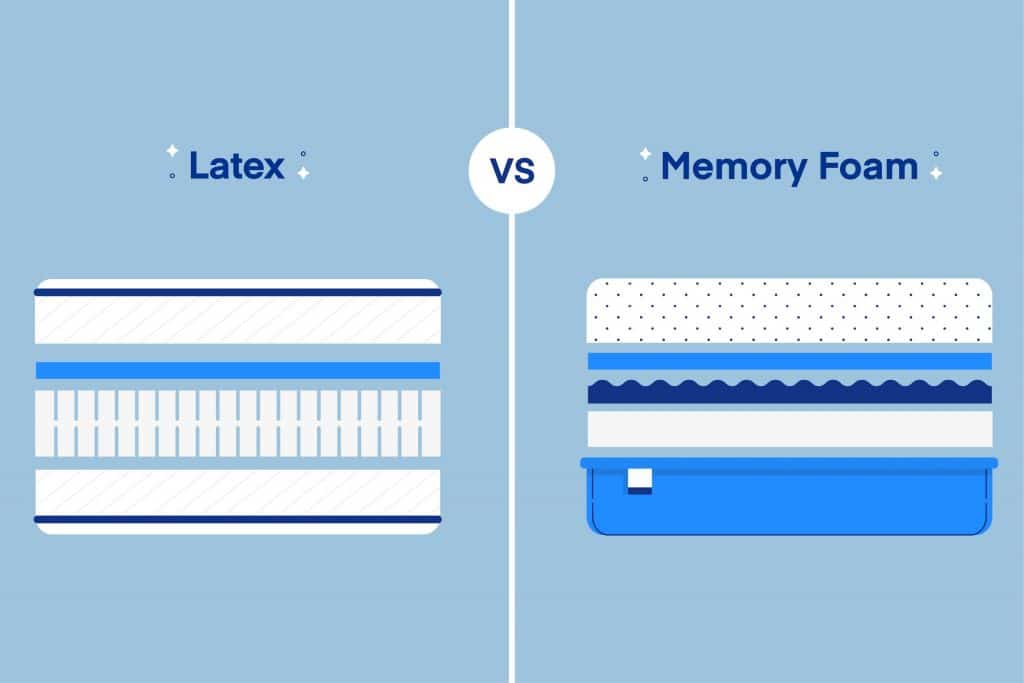 The main difference between cold foam and memory foam mattresses lies in their composition and feel. Cold foam mattresses are made of natural or synthetic latex foam, while memory foam mattresses are made of treated polyurethane foam. Additionally, cold foam mattresses are typically firmer and offer more support, while memory foam mattresses provide a softer, more contouring feel. Cold foam mattresses also have better temperature regulation, while memory foam mattresses can trap heat.
Which One is Right for You?
Ultimately, the choice between a cold foam mattress and a memory foam mattress comes down to personal preference and specific needs. If you value support and temperature regulation, a cold foam mattress may be the better option for you. If you prefer a softer, more contouring feel and don't mind potentially sleeping hot, a memory foam mattress may be the way to go. Whichever you choose, both types of foam mattresses offer unique benefits that can greatly improve your sleep experience.
The main difference between cold foam and memory foam mattresses lies in their composition and feel. Cold foam mattresses are made of natural or synthetic latex foam, while memory foam mattresses are made of treated polyurethane foam. Additionally, cold foam mattresses are typically firmer and offer more support, while memory foam mattresses provide a softer, more contouring feel. Cold foam mattresses also have better temperature regulation, while memory foam mattresses can trap heat.
Which One is Right for You?
Ultimately, the choice between a cold foam mattress and a memory foam mattress comes down to personal preference and specific needs. If you value support and temperature regulation, a cold foam mattress may be the better option for you. If you prefer a softer, more contouring feel and don't mind potentially sleeping hot, a memory foam mattress may be the way to go. Whichever you choose, both types of foam mattresses offer unique benefits that can greatly improve your sleep experience.

